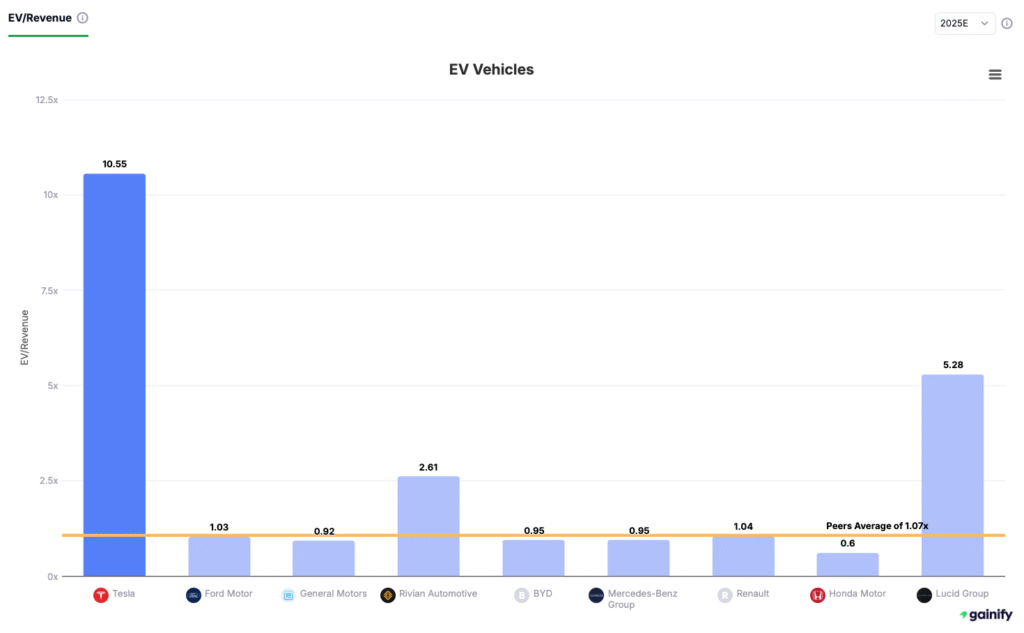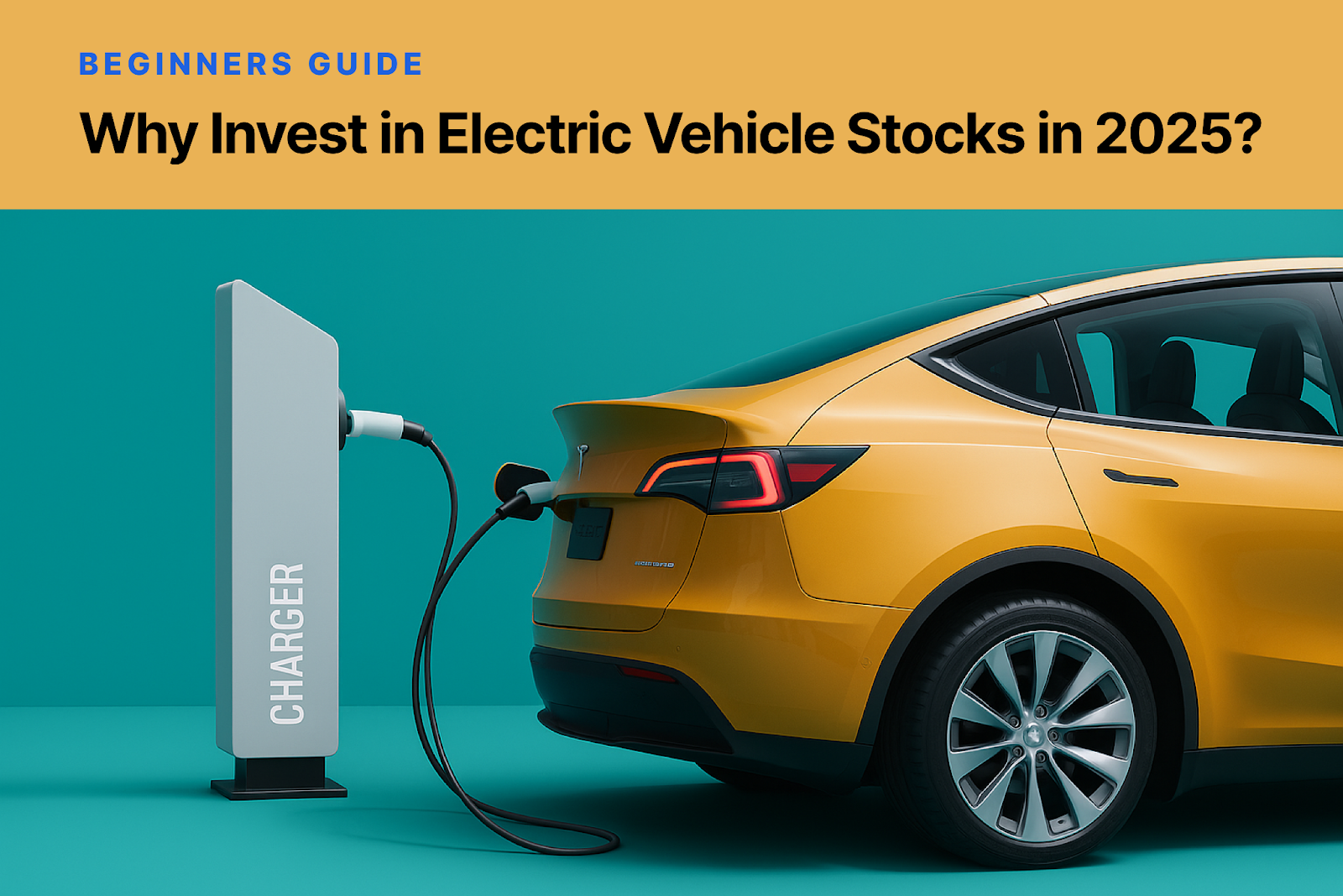Electric cars are no longer a niche product. They now sit at the heart of a global shift in energy, mobility, and infrastructure. In 2025, global EV sales are on pace to exceed 20 million units, meaning one out of every four vehicles sold worldwide will be electric. In China, battery packs have dropped below the symbolic 100-dollar-per-kilowatt-hour cost threshold, a milestone previously expected closer to 2028. That progress has helped close the cost gap between electric and combustion vehicles and opened the door to mass-market adoption.
Battery innovation continues to reshape the economics. New lithium chemistries and sodium-ion batteries are reducing the need for expensive raw materials such as cobalt and nickel. These changes improve cost predictability and give manufacturers more flexibility in sourcing. On the vehicle side, software updates delivered over the air are now standard across many models, enabling ongoing performance upgrades without physical changes. Chinese automaker BYD recently launched its Super e-Platform, capable of adding up to 400 kilometers of range in five minutes and backed by its high-efficiency Blade battery.
Recent policy moves in the United States deserve close attention. While many countries continue to support electric mobility through tax credits and infrastructure investment, the U.S. has seen a shift. The Trump administration froze billions in funding for EV charging stations and moved to eliminate federal purchase credits after 2025. These changes have not ended the sector’s momentum, but they highlight why investors must watch policy not just at the national level, but across individual states and foreign markets.
The investment landscape has grown more complex. Wall Street continues to value this shift through many lenses for EV stocks. Some analysts are focused on gross margins and manufacturing discipline. Others track access to battery metals, the role of autonomous driving technology, or the growth potential of EV-related software revenue. My goal here is to cut through the noise and help investors understand which companies are well positioned, which risks are real, and how to build a portfolio that benefits from the transition without being overexposed to hype or short-term political swings.
Electric Vehicle Momentum in 2025
The momentum behind electric vehicles in 2025 is not a trend or short-term spike. It is a large-scale shift powered by improvements in technology, lower costs, government investment, and long-term commitments from companies. Whether you are an individual investor or managing a fund, understanding what is driving this momentum is essential to spotting the right opportunities.
One of the biggest factors is charging technology. New Direct Current Fast Charging stations can now recharge an EV battery in under fifteen minutes. That is a game-changer for businesses and drivers who need quick turnarounds. Meanwhile, Level 1 charging uses a standard home outlet and works well for overnight charging. Level 2 chargers, which are being installed in homes, offices, and public spaces, offer a faster and more convenient experience for daily use. These three levels of infrastructure cover every use case, from short trips to long-distance travel.
Governments are investing heavily in this buildout. In the United States, funding from the Bipartisan Infrastructure Law is supporting more than 11,500 new charging stations (SUSPENSED). In the European Union and across Latin America, similar programs are expanding access. At the same time, battery innovation is bringing down the cost of ownership. Sodium-ion batteries and new lithium chemistries are helping reduce the use of expensive raw materials like cobalt and nickel. That shift improves both affordability and supply chain stability.
Corporations are also moving quickly. Logistics firms, ride-hailing companies, and public transit agencies are placing multi-year orders for electric vehicles. Some are now developing autonomous ride-hailing services, using vehicles that operate with minimal or no driver input. These fleet transitions require massive investments in battery systems, cathode materials, and charging infrastructure, creating steady and predictable revenue for suppliers. It also helps de-risk the sector by introducing demand that is locked in through formal contracts.

Key EV Players and Their Edge
Company | Next 3Y Revenue CAGR | EV/Revenue 2025 | Strategic Highlights | |
$1.05B | 13.0% | 10.4x | Unmatched scale, strong software revenue, leading in self-driving systems. | |
BYD | $144B | 19.1% | 1.0x | Fully integrated manufacturing, fast-charging tech, cost advantage with lithium-iron-phosphate batteries, sizeable presence in Asia & Europe. Berkshire Hathaway does not hold a stake anymore after recent trims by Warren Buffett and the late Charlie Munger. |
$6.7B | 85.3% | 5.3x | Premium EVs with high-efficiency cathodes, still unprofitable but targeting strong margins. | |
$16B | 32.0% | 2.6x | Focused on electric trucks and vans, solid order backlog, needs to demonstrate cost control. | |
$16B | 48.7% | 1.3x | Investing heavily in autonomous driving and smart software, expanding to Europe. | |
$7.7B | 27.2% | 0.8x | Unique battery-swap infrastructure, pilot robotaxi services, expanding into energy services. | |
$28B | 20.5% | 0.7x | Leading in plug-in hybrids in China with growing revenue; Q1 2025 gross margin ~20.5 %. | |
$42B | 0.6% | 1.0x | Strong legacy production supports EV programs like F-150 Lightning, exploring low-cost battery sourcing. | |
$47B | -0.8% | 0.9x | Transitioning legacy capacity to EV with Ultium platform, balancing ICE and EV sales. | |
$1.4B | 29.2% | 2.9x | Leader in hydrogen fuel-cell systems for long-distance transport. | |
$11.7B | 19.4% | 1.3× | Produces electric buses, benefits from municipal and infrastructure grants. |
How Manufacturing Costs Shape Margins
Profitability in the electric vehicle industry starts at the cell level. Batteries remain the most expensive component in an EV, often accounting for over 30 percent of total manufacturing cost. The type of cathode material used in the battery plays a key role in both the price and performance of the final product.
Two of the most widely used cathode types are lithium iron phosphate (LFP) and nickel-based chemistries like nickel cobalt manganese (NCM) and nickel cobalt aluminum (NCA). LFP is known for being stable, low-cost, and safe. It is well suited for mass-market vehicles that prioritize affordability and reliability. Automakers like BYD, Tesla, and Ford are increasing their use of LFP batteries to lower production costs.
NCM and NCA offer higher energy density, which supports longer range and better performance. These chemistries are commonly found in premium models produced by companies like Lucid, Rivian, and higher-end Tesla variants. The downside is that nickel and cobalt are more expensive and subject to supply risk, especially from a limited number of global mining sources.
For investors, it is important to understand which manufacturers have strong procurement strategies, long-term supply contracts, or in-house battery capabilities. These factors can protect margins even during periods of raw material volatility. Companies that combine cost-efficient chemistry with secure access to critical minerals are better positioned to scale profitably.
Charging Economics
The economics of electric vehicle charging influence both adoption rates and investment returns. The type of charger used, installation setting, and power capacity all affect cost and convenience. Understanding this system helps explain which infrastructure models have the strongest long-term value.
Level 1 chargers are the simplest option. They plug into a standard home outlet and deliver low power, which makes them suitable for overnight residential use. Level 2 chargers are more powerful and are commonly installed in homes, workplaces, and public parking areas. Residential Level 2 installations typically range from 500 to 2,000 dollars, depending on local labor and electrical setup.
Direct Current Fast Charging (DCFC) equipment is significantly more expensive. A single unit can cost between 40,000 and 100,000 dollars, not including land use, grid upgrades, and installation. These chargers are essential for fleet operators and highway networks where speed and uptime matter. BYD’s Super e-Platform is designed to support near-megawatt charging loads, reducing turnaround time and increasing vehicle availability.
For commercial operators, well-placed DC fast chargers can improve vehicle utilization and reduce downtime. However, these stations require high upfront capital and consistent use to be financially effective. Investors should pay attention to companies that own the charging hardware, operate the software layer, and have access to high-demand locations. These players are better able to turn infrastructure into a long-term cash-generating asset.
ETFs for Broader Exposure
Investors looking to gain exposure to the electric vehicle and autonomous mobility sectors without focusing on individual EV stocks can consider exchange-traded funds (ETFs) that offer diversified access. These ETFs provide a way to participate in the long-term growth of transportation innovation while managing volatility more effectively.
- Fidelity Electric Vehicles and Future Transportation ETF (FDRV)
FDRV tracks companies involved in electric vehicles, autonomous driving, and smart transportation infrastructure. The fund includes both traditional automakers and newer technology firms that support the EV supply chain and digital mobility platforms. - Invesco WilderHill Clean Energy ETF (PBW)
PBW focuses on clean energy companies, many of which are essential to electric vehicle production. Its holdings include battery manufacturers, renewable power suppliers, and supporting technologies. This fund leans heavily into the environmental side of the mobility transition. - Global X Autonomous & Electric Vehicles ETF (DRIV)
DRIV invests in companies building the future of connected and autonomous vehicles. It includes exposure to electric vehicle producers, semiconductor leaders, artificial intelligence developers, and automotive technology firms shaping next-generation transportation.
Each of these funds offers diversified sector exposure. While none are limited to pure-play EV companies, all three benefit from rising demand for clean mobility, vehicle automation, and the broader transition to electrified transport. For investors seeking growth with reduced single-stock risk, these ETFs can serve as a core or complementary position.
Policy and Regulatory Landscapes
Government policy remains a key factor in the growth of electric vehicles, but recent developments under the Trump administration have reshaped the outlook in the United States. These changes affect both infrastructure development and consumer demand, introducing new risks and considerations for investors.
In early 2025, the administration froze $5 billion in EV charger funding previously approved under the Bipartisan Infrastructure Law. This impacted 14 states, delaying planned deployments and disrupting public-private partnerships. A federal judge later ordered the release of the funds while the administration appeals the decision, temporarily unblocking projects but leaving long-term uncertainty in place.
Alongside infrastructure changes, the administration signed an executive order ending the federal goal of reaching 50 percent EV sales by 2030. It also proposed eliminating the $7,500 federal EV tax credit after 2025 and introducing a $1,000 fee on new electric vehicle purchases. A Senate bill proposes ending the tax credit within six months of approval and closing related leasing loopholes. These moves are already influencing buyer behavior, with a noticeable pull-forward in EV sales before the incentives are withdrawn.
The impact of these actions is significant. Public charging rollouts may slow, especially in underserved areas where private investment is less likely to fill the gap. Automakers have warned that removing the purchase credit could reduce demand, particularly for mid-priced models. Without support, manufacturers may need to discount heavily or shift production strategies to maintain sales volumes.
Outside the United States, policy remains more stable. The European Union continues to offer subsidies and enforce life-cycle emissions standards, including incentives for recycled battery materials and green manufacturing. China maintains production and purchase support for domestic EVs, while India and several Latin American countries are expanding public fleet electrification and urban air-quality programs.
For investors, these developments highlight the need to monitor policy on a regional level. Companies with strong exposure to supportive jurisdictions, diversified market access, and adaptive cost structures are more likely to weather regulatory shifts. It is equally important to track litigation and potential reversals, especially in the United States where legal challenges to funding freezes are still playing out.
Conclusion
Electric vehicle stocks bring together global scale, ongoing innovation, and structured policy support. These elements form a strong foundation, but long-term returns depend on more practical factors. Companies that manage battery costs effectively, secure stable supplies of key materials, and build reliable software platforms tend to stand out.
Investors should consider a mix of core automakers, charging infrastructure providers, battery specialists, and diversified exchange-traded funds. This kind of positioning supports exposure to industry growth while reducing vulnerability to single points of failure.
In a fast-moving sector with high capital needs, discipline and diversification provide essential stability. Portfolios built on operational strength and forward visibility are better prepared for both opportunity and pressure as the EV landscape continues to evolve.
Frequently Asked Questions
Q: What is the safest entry point for an EV investment?
A: Consider using diversified exchange-traded funds such as FDRV or DRIV. These offer exposure to a broad range of companies across the electric vehicle supply chain, which helps reduce reliance on the performance of any single firm.
Q: How important are charging networks to EV adoption?
A: Charging access is a key driver of adoption. Widespread availability of Level 2 home chargers supports daily use, while Direct Current Fast Charging on highways is critical for long-distance travel and commercial fleet reliability.
Q: Do BYD’s Blade batteries make other chemistries obsolete?
A: The Blade battery offers strong safety and cost advantages, particularly in mass-market vehicles. However, chemistries like NCM and NCA still dominate high-performance segments due to their higher energy density.
Q: Are battery metals a long-term bottleneck?
A: Supply capacity is expanding, supported by mining, refining, and recycling. While short-term price cycles remain likely, long-term contracts and closed-loop material recovery are improving reliability across the value chain.
Q: How can investors evaluate the strength of a company’s software platform?
A: Focus on firms that deliver regular over-the-air updates, respond quickly to system errors, maintain clear security protocols, and follow evolving regional regulations. Strong digital infrastructure often reflects broader operational discipline.




